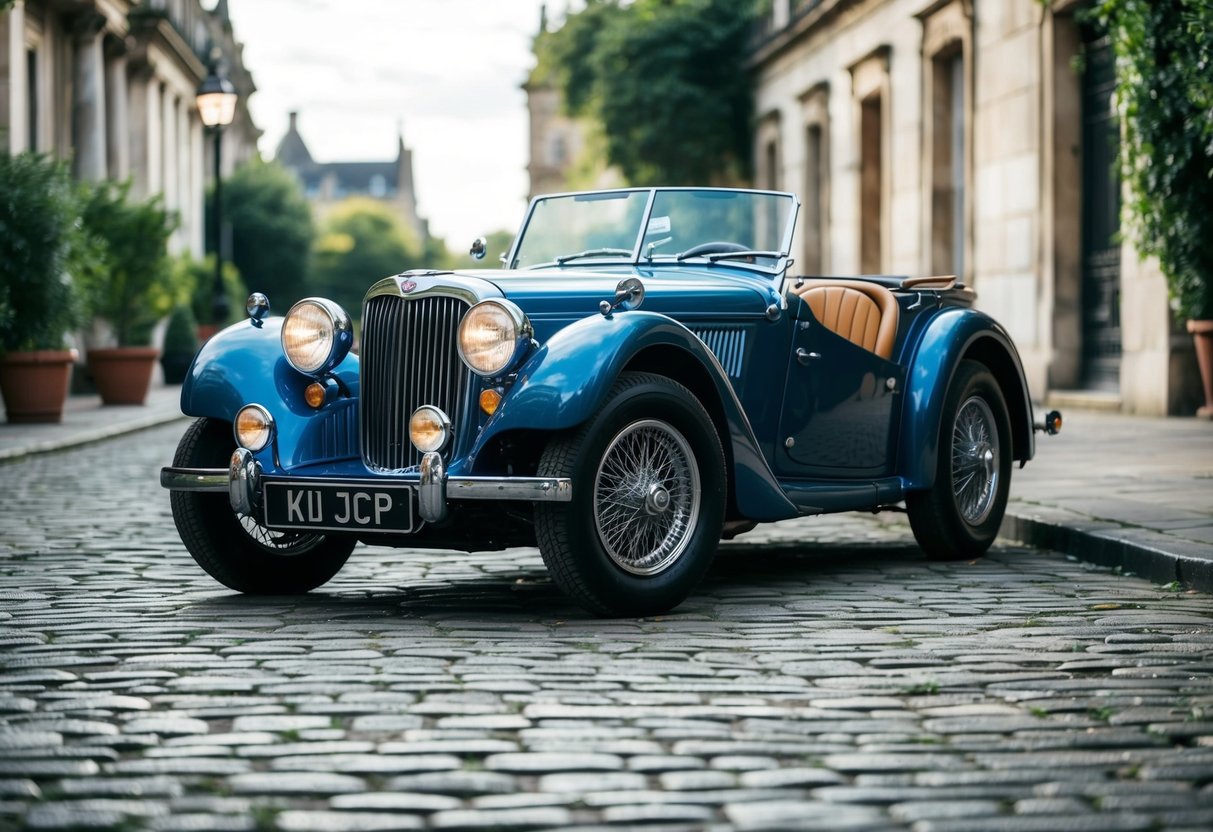
The classic British roadsters have captivated car enthusiasts for decades with their undeniable charm and precision engineering. The allure of these vehicles lies in their combination of sleek design and spirited performance, making them a staple in the automotive world. The iconic status of British roadsters stems from their blend of style, innovation, and driving pleasure.
In the mid-20th century, British manufacturers like MG, Triumph, and Jaguar paved the way for these timeless machines. The minimalist approach to design focused on performance and driver engagement, leading to cars that not only felt connected to the road but also exuded elegance. These roadsters remain covetable today, celebrated for their heritage and the pure driving experience they offer.
As they continue to inspire modern car design, classic British roadsters hold a special place in automotive history. Enthusiasts and collectors alike cherish these vehicles, ensuring their legacy endures. The story of these roadsters is one of ingenuity and passion, drawing drivers into a world where elegance meets excitement.
The Birth of British Roadsters
British roadsters emerged in the early 20th century, becoming symbols of style and performance. These vehicles, including notable brands like Jaguar, MG, and Triumph, revolutionized the sports car scene, blending powerful engineering with sleek design.
From Horsepower to Torque
The transition from horse-drawn carriages to motor vehicles marked the dawn of British roadsters. It was a period where manufacturers prioritized lightweight yet powerful designs. This evolution brought forward the essence of handling and agility.
Engineers focused on torque over sheer horsepower, ensuring smooth acceleration and nimble control. Brands such as MG and Austin-Healey exemplified this shift, introducing models that offered a thrilling driving experience. This dedication to balance and driveability cemented their position in automotive history.
Pioneers of Performance
Iconic manufacturers like Triumph and Jaguar played crucial roles in shaping the roadster genre. Jaguar, for instance, stunned the world with its elegant designs and superior performance. The E-Type, launched in 1961, became a benchmark for sports cars, praised for both its beauty and agility.
MG, with its affordable models, democratized sporty driving, allowing a wider audience to experience thrills once reserved for the elite. These pioneers set the stage for the classic British roadster—melding innovation with artistry. Their influence continues to inspire modern sports car design.
Evolution of Designs
The evolution of classic British roadster designs showcases a fascinating transition from closed-body styles to sleek convertibles. This shift resulted in the development of iconic models, including the MG TF and the Austin-Healey 3000.
The Shift to Convertibles
In the post-war era, a significant transformation occurred as closed-body vehicles gave way to open-top models. The appeal of convertibles soared due to their stylish looks and driving experience. The convertible structure not only offered drivers a feeling of freedom on the road but also enhanced the car’s aesthetic appeal, making it a favorite among enthusiasts.
The demand for convertibles was met by innovations in engineering that ensured safety and performance. British manufacturers like MG played a pivotal role in popularizing convertible designs. Their models perfectly encapsulated the essence of stylish driving combined with effective use of technology at the time, allowing for greater speed and control.
Iconic Models: MG TF to Austin-Healey 3000
The MG TF is often celebrated for its blend of traditional design with modern enhancements. Launched in the early 1950s, this model retained the classic appeal of its predecessors while introducing technical improvements like better aerodynamics and more efficient engines. These advancements shaped the future of sporty yet elegant convertibles.
Austin-Healey built on this legacy with the introduction of the Austin-Healey 3000. Praised for its power and smooth handling, the 3000 emerged as a standout in the classic car arena. It retained the core elements typical of British roadsters, while also pushing boundaries in terms of speed and style. The Austin A90 Atlantic, an influence on many designs that followed, added further depth to this landscape.



